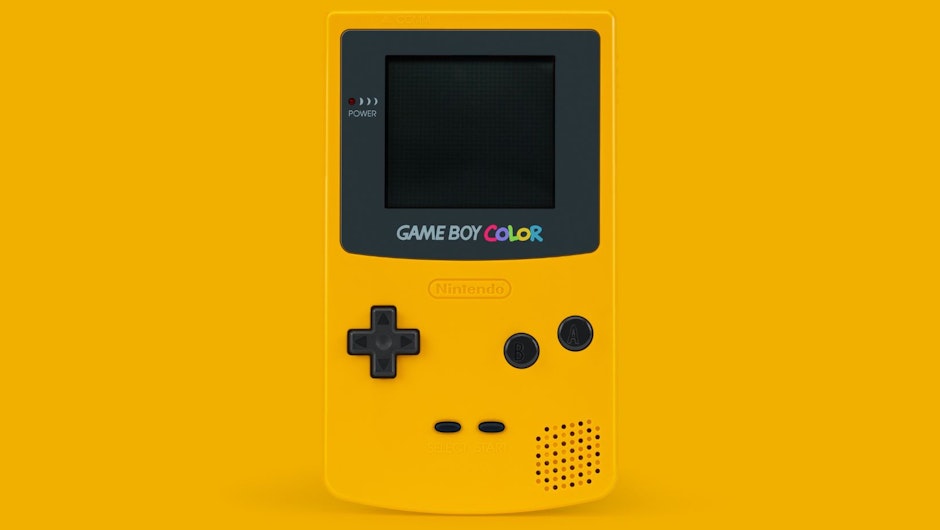How video games can be used to engage your customer base
Video games are a multibillion-dollar industry

But industry reports are showing that games are also a highly engaged marketplace. Here’s why brands must pay attention to these highly immersive and engaged communities.
More than just play
Gamers are gaming more. And it’s becoming a social activity with unforeseeable growth potential. This massive expansion has like-sized implications for businesses.
Notably there are many industries that have seen widespread influence from videogames:
- Telecommunications and real-time communications solutions: Video games, with mobile taking the largest chunk of users, are the biggest consumer of mobile broadband and high-speed broadband data. Being such a huge focus, telecom companies have moved to incorporate games into their add-on content platforms and service provision billing.
- E-commerce and digital retail: Beyond being a retail and audience touchpoint, this sector now uses a play-to-win in-store credit system to engage and retain its customers.
- Fintech: Besides e-commerce, purchases made within video games with real-world cash and tie-in video game merchandising are top drivers for mobile wallets and digital payment platforms.
- Education: The concept of gamification - incorporating games aspects into lessons – is now the go-to to attract and maintain interest among students.
APAC-powered
According to Google’s "What’s Next for Gaming in APAC" report, the region represents three-quarters of the top gaming markets by consumer spend. This in addition to more than half of the world’s online population, makes for a combined 49% of global consumer spending on games.
The same report also highlighted that APAC continues to be mobile-first: the player base for mobile games is still growing and will ensure this region remains mobile-first. And this is set to play a critical role in customer engagement as mobile games and related brands – either as a sponsor or tie-in partner – will be interacting with an estimated 1.62 billion gamers.
In terms of user spending, the study from Google revealed that mobile gamers were expected to spend around $57.9bn in 2021, representing 66% of the $88.2bn total consumer spend on video games in the same period.
Social engagement booster
Based on these studies, it’s clear that gamers across APAC are primed for hyper-personalized engagements and user experience journeys. These are the primary audiences of the metaverse and extended reality platforms that will eventually be rolled out. Among these audiences is a youth segment that Infobip is closely tracking: Generation Alpha.
Games are not just for fun. While there is a competitive element in cyberspace – from player-vs-player to charting ranks on leaderboards, there are just as many – if not more – gamers in the casual space, play-to-earn, and even those who just watch streams. Even as all these customer variables defy age and demographic types, there is one constant and consistent demand: great customer engagement. The same is being said when approaching users in the metaverse.
With demand for instant and hyper-personalized experiences, and new waves of social engagement-seeking gamers contribute to this expansion. These new gamers devote more time to games and become immersed in two related activities – in-game spending and being active in communities across the metaverse.
These developments caught the attention of marketers, who moved to study how to take advantage of this booming economic driver.
Customer support received a huge shot in the arm as gamers start to engage game developers when they send user feedback. Likewise, when brands outside of the video games industry become involved – usually through tie-in campaigns – there will be a massive surge for user recognition and customer interactions. Marketers, one of the first to notice this paradigm shift in consumer focus, have been quick to capitalize on this trend with a partnership as a quick fix.
Gamers are future audiences
From casual entertainment to professional esports teams, gaming has become a part of life for almost everyone. To put in perspective, the world has 7.8 billion inhabitants and almost half are gamers. Notably, one major issue that Southeast Asian brands are now facing is that only 10% of gamers respond to marketing campaigns. This is applicable globally and, as such, new pathfinding processes are now being developed to learn what gamers’ passions and interests are. So brands need to pay close attention to keep up with this growing and ‘hard to capture’ audience.
There is one major finding from Meltwater that all brands must focus on, and it is that gaming has become a social pastime. Gamers are building entire online communities – from forums to Twitch streams and beyond – transforming it into a social norm.
This global growth trend and economic transformative phenomenon presents a huge opportunity for brands to engage with a well-informed audience that demands authenticity and hyper-personalized reciprocation. As they are engaged on multiple communication touchpoints, deploying omnichannel communications is now imperative.
Gamers are now present in nearly all customer types, creating a complex mind map for business owners. There is a need to embrace the fact that audience interaction can no longer be approached traditionally. While all channels must be considered, adding the right ones are equally as important.
Undoubtedly, everybody is now communicating via a games-related platform. From Discord to Twitch, and even Reddit forum threads, these communities are active with audiences who have shared interests with video games or any content that are closely related to these games. These channels, along with current engagement touchpoints – like social media and chat apps, require the right tools and knowledge to ensure every facet is engaged. With an omnichannel approach, brands can quickly engage these hyper-connected audiences consistently on any platform and at the right moment.

